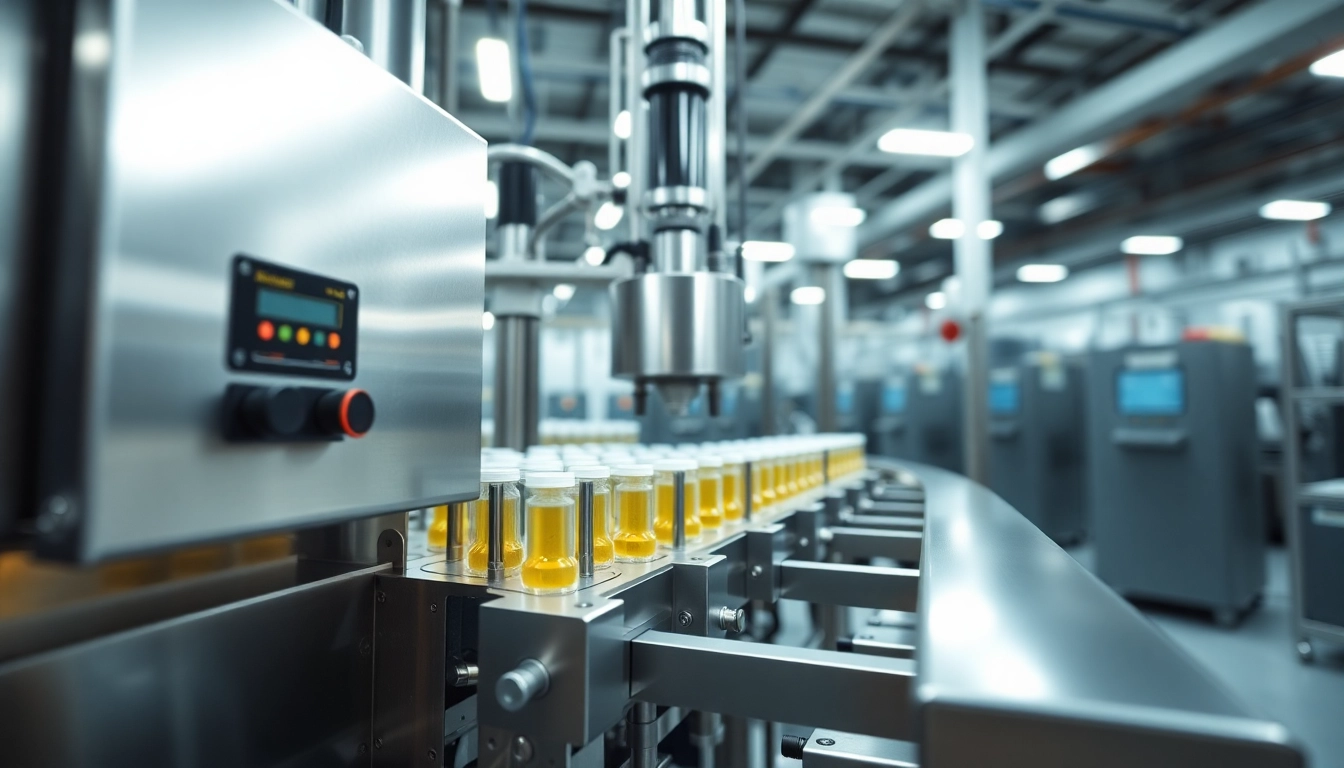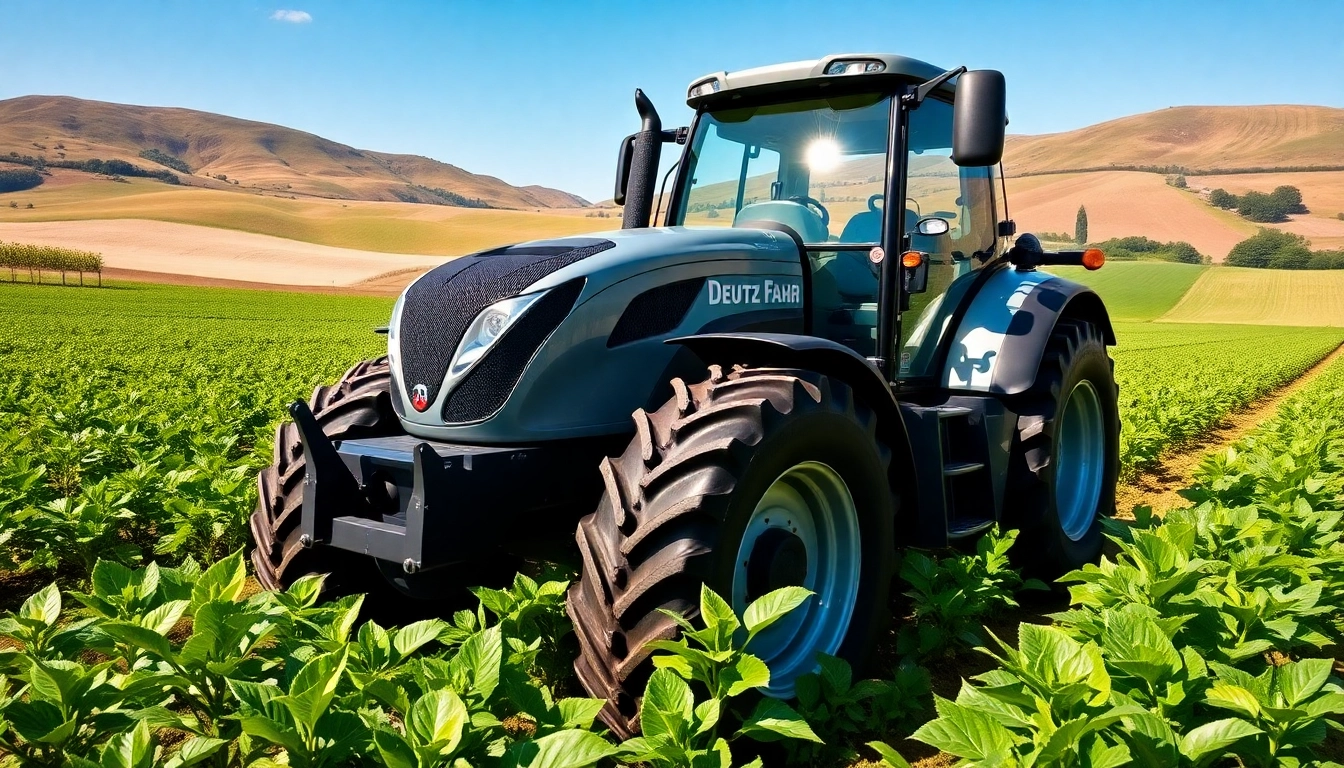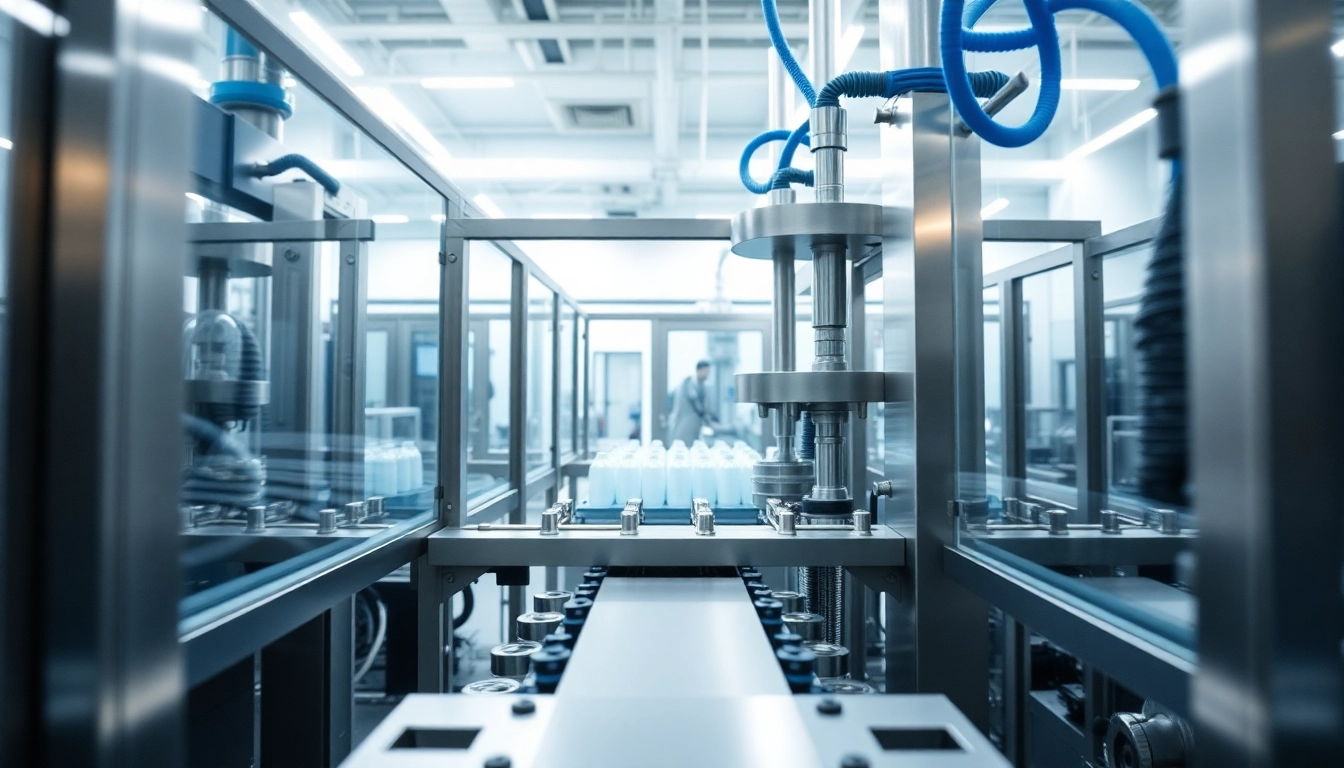Introduction to Filling Machines
A Filling Machine is an essential piece of equipment in various manufacturing processes. It plays a crucial role in the packaging industry, where speed, accuracy, and efficiency are paramount. Filling machines automate the process of transferring liquids, powders, and other materials into containers, ensuring a seamless and accurate filling operation. This article delves into the significance, types, and technological advancements in filling machines, offering insights into their functionality and potential benefits for businesses.
What is a Filling Machine?
A filling machine is a mechanical device designed to dispense a precise volume of product into containers such as bottles, jars, or pouches. These machines can handle various substances, including liquids, pastes, powders, and granules, making them versatile tools across industries. They operate under various filling principles and technologies, adapting to the unique requirements of different products and production environments.
Importance of Filling Machines in Manufacturing
Filling machines are vital to the manufacturing and packaging sectors for several reasons:
- Increased Productivity: Automating the filling process dramatically increases the speed of production, allowing businesses to meet higher demand without compromising quality.
- Accuracy and Consistency: These machines minimize human errors, ensuring that each container is filled to the exact required volume, which is critical for maintaining product integrity.
- Cost Efficiency: Although there is an upfront investment, filling machines reduce labor costs and minimize waste, resulting in long-term savings.
- Flexibility: Modern filling machines are adaptable and can be programmed to handle different products and container sizes with minimal downtime.
Common Applications of Filling Machines
Filling machines are utilized across diverse industries, including:
- Food and Beverage: Commonly used for filling bottles with liquids from sauces to juices and oils.
- Pharmaceutical: Essential for filling vials and syringes with precise dosages of liquid medications.
- Cosmetic: Filling creams, lotions, and other beauty products into jars or tubes.
- Chemical: Used for packaging chemicals in varieties of substances ranging from automotive oils to cleaning agents.
Types of Filling Machines
The classification of filling machines can largely be based on their operational design, level of automation, and the type of materials they handle. Here’s an overview of the different types:
Manual vs. Automatic Filling Machines
Filling machines can be categorized into manual and automatic types:
- Manual Filling Machines: These are operated by hand, requiring human input to fill each container. They are ideal for small businesses or low-volume production lines where automation is not cost-effective.
- Automatic Filling Machines: These machines use advanced technology to automatically fill containers at high speeds with minimal human intervention. They are optimal for large-scale operations, improving efficiency and reducing labor costs.
Volumetric Filling Machines Explained
Volumetric filling machines measure and dispense products based on volume. They operate on the principle of measuring the volume of product that fills a container to a pre-set level. This method is particularly useful for liquids, creams, and certain powders where precise volume control is required.
Volumetric fillers come in various designs, including piston, gravity, and pump systems. Each design offers different advantages depending on the viscosity of the product being filled.
Specialized Filling Machines for Different Liquids
Different filling machines are designed to handle specific types of liquids:
- Gravity Fillers: Ideal for low viscosity liquids, gravity fillers rely on the force of gravity to fill containers and are commonly found in the beverage industry.
- Piston Fillers: Best for thick and viscous products, piston fillers utilize a piston mechanism to draw liquid from a reservoir and dispense it into containers accurately.
- Vacuum Fillers: Designed for sensitive liquids, vacuum fillers minimize air exposure to preserve product integrity during filling.
Key Features to Look for in a Filling Machine
When selecting a filling machine for your business, consider the following key features:
Accuracy and Precision Capabilities
The accuracy of a filling machine is critical for maintaining product quality and ensuring compliance with regulatory standards. Look for machines equipped with advanced sensors and controls that provide high precision.
Ease of Use and Maintenance
An intuitive control panel and accessibility for cleaning are essential for operational efficiency. Machines should be easy to set up, adjust, and maintain to minimize downtime and maximize productivity.
Scalability and Customization Options
Your filling machine should be adaptable to changing production needs. Many modern machines offer customization options, allowing you to adjust speeds, fill volumes, and handle different container sizes with ease.
Benefits of Incorporating Filling Machines in Your Business
The incorporation of filling machines into your packaging process offers several advantages:
Increased Efficiency and Productivity
Filling machines streamline operations, drastically reducing the time needed to fill containers when compared to manual methods. Automation translates to higher output, enabling businesses to produce more in less time.
Cost Savings Over Time
Initial investments may seem high; however, filling machines lead to significant cost savings in labor, reduced waste, and increased production speed. Businesses that invest in automation often see a return on investment within months.
Quality Control and Consistency in Production
Automation reduces human error, resulting in consistent product quality. Filling machines ensure that containers are filled to the desired volume, which maintains product quality standards and enhances customer satisfaction.
Future Trends in Filling Machine Technology
As technology continues to evolve, filling machines are also undergoing significant changes to meet market demands. Here are some trends to watch:
Automation and Smart Technology Integration
Incorporating smart technology into filling machines enhances their efficiency and operational oversight. Machine connectivity allows for real-time monitoring and analytics, leading to improved decision-making and proactive maintenance.
Sustainable Practices in Filling Processes
As businesses aim to reduce their environmental footprint, the trend towards sustainable packaging solutions is becoming more prevalent. Filling machines are evolving to utilize eco-friendly materials and processes, such as reducing plastic waste and optimizing energy consumption.
Innovations to Watch In Filling Equipment
Stay abreast of technological advancements such as AI-driven filling systems, enhanced robotics for flexibility in packaging, and breakthroughs in materials used for filling machine components. Innovations are continually emerging to improve efficiency and reduce operational costs.
Conclusion
Filling machines are indispensable in the manufacturing and packaging industries. Their ability to enhance productivity, ensure accuracy, and reduce costs makes them vital assets for businesses striving for growth and efficiency. As technology continues to advance, the potential applications and benefits of filling machines will only expand, opening new possibilities for businesses worldwide.



